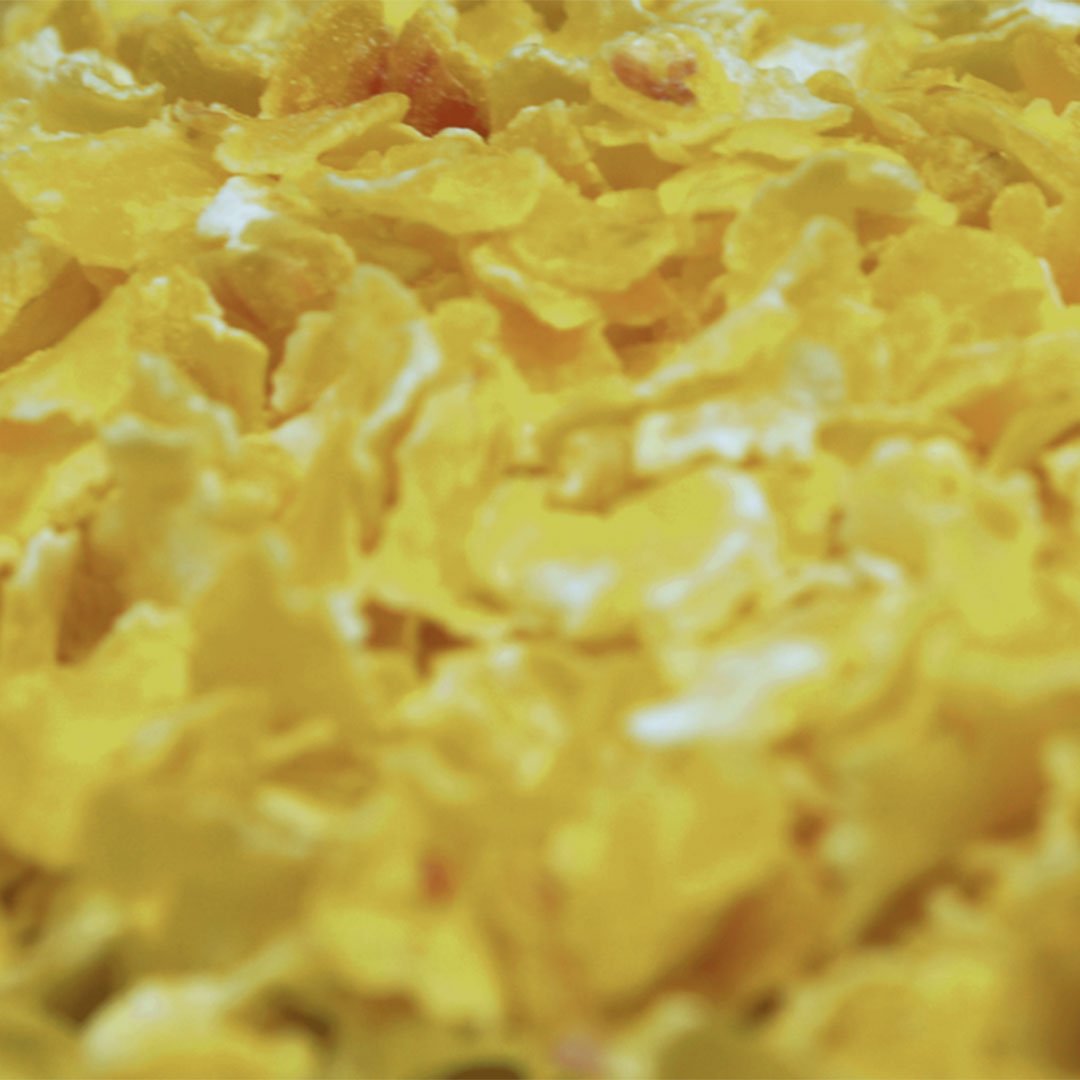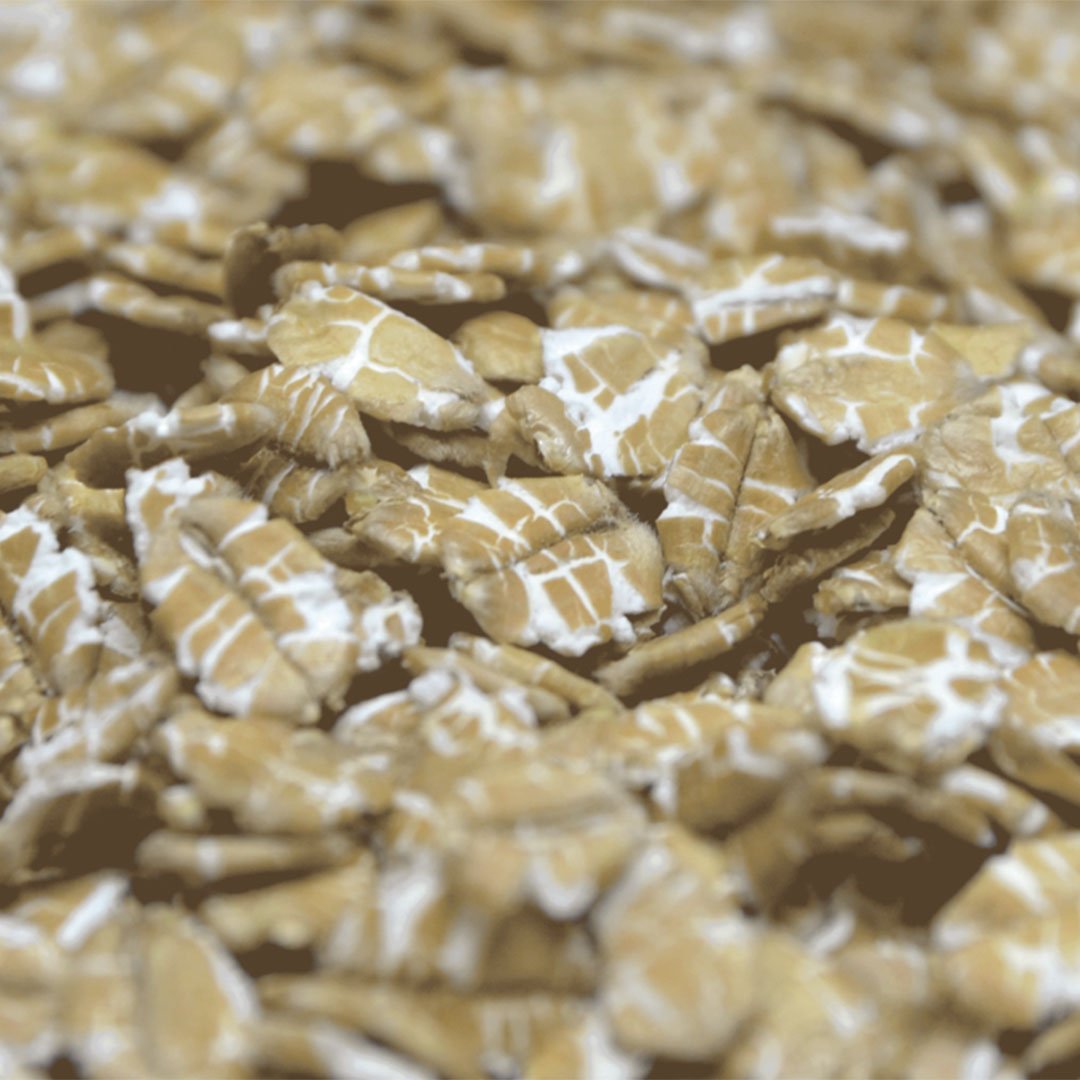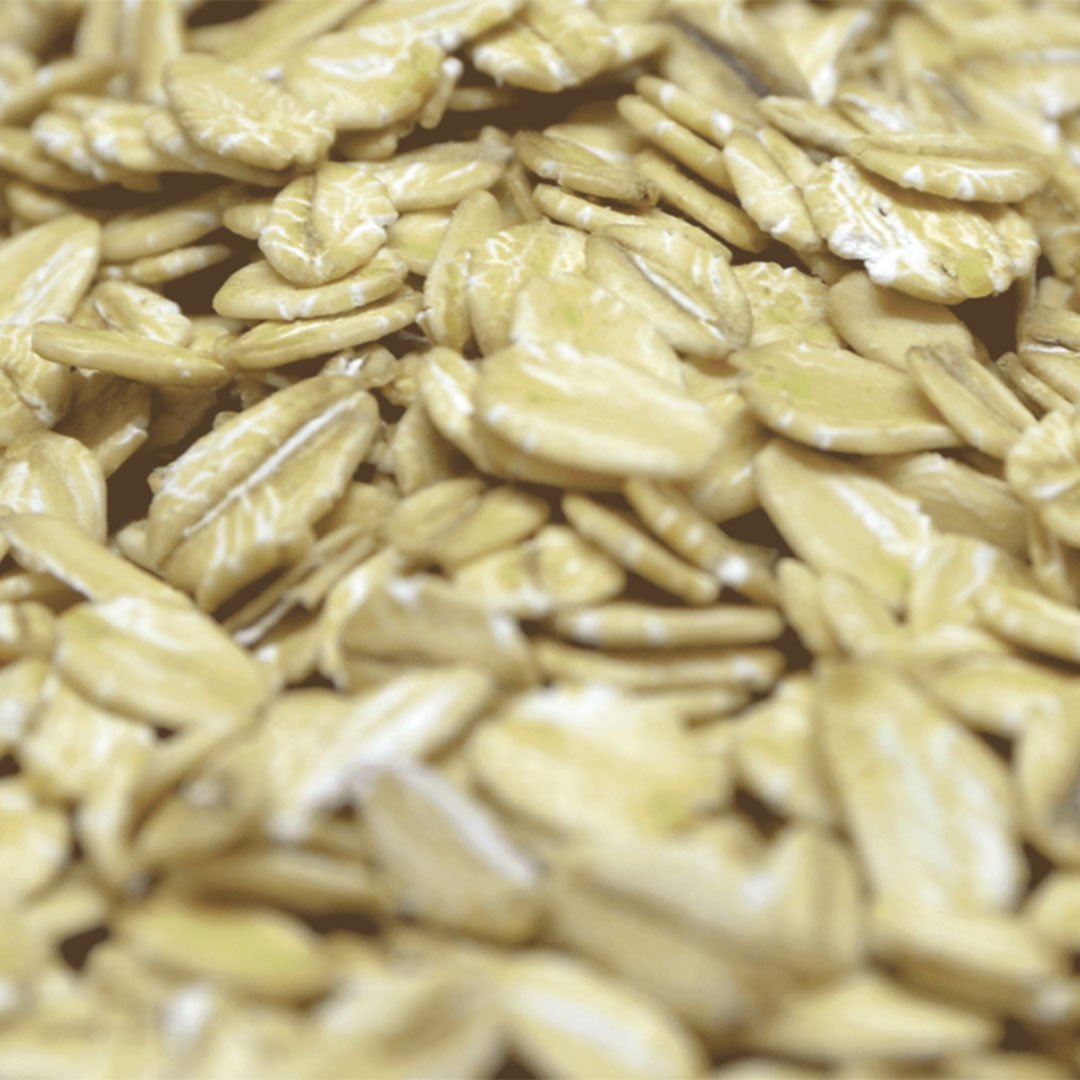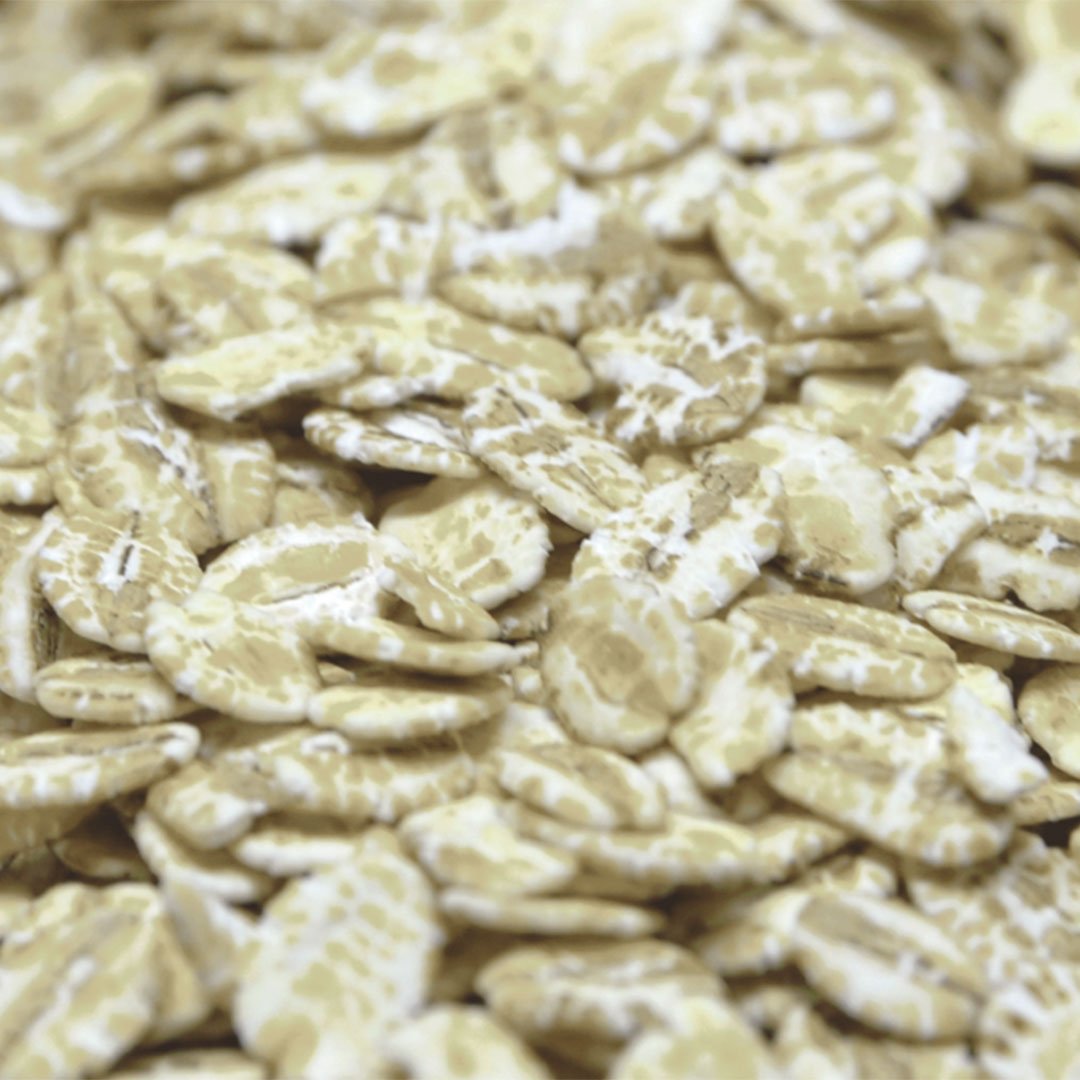Cereals - a guide to Flakes

To brew a beer, you need grain. Usually, this will be a malted variety, to ensure a certain amount of fermentable sugars. More and more brewers however add a percentage of unmalted grain. One of the easiest options is the use of flaked grains, also known as cereals.
To create cereals, the grain is steam-cooked and flattened between hot cylinders. Finally, the flaked grain is dried. The combination of heat and pressure pre-gelatinizes the starch.
You can use flaked grains – like barley, oat, or wheat – for a multitude of reasons. These cereals serve to enhance specific characteristics, introduce unique aromas, influence color and clarity, and increase the number of fermentable sugars in the beer.
Flaked Maize
Brewing with corn is best done by adding flakes. It has little protein and can be added directly to your mash.
Result: Milder taste with a dry, crispy finish.
Flavour: Sweet, less malty.
Usage: Light Pilsners.
Flaked Barley
These cereals will increase the volume of fermentable sugars, without adding body or taste. Some haziness might occur.
Result: Stronger head retention, smoother flavour.
Flavour: Slightly grainy.
Usage: Stouts.
Flaked Oat
The excess in glucans results in haziness. It could also affect filtration, so you might want to add rice hulls to your brew.
Result: Additional body, head retention, haziness.
Flavour: Silky mouthfeel.
Usage: Oatmeal Stout, Porter, Witbier, New England IPA.
Flaked Wheat
This cereal imparts more intense flavours than the malted wheat. Flaked wheat ensures a hazy beer.
Result: Increased body and head retention.
Flavour: Spicy, bready.
Usage: Witbier, Weizen, New England IPA.










